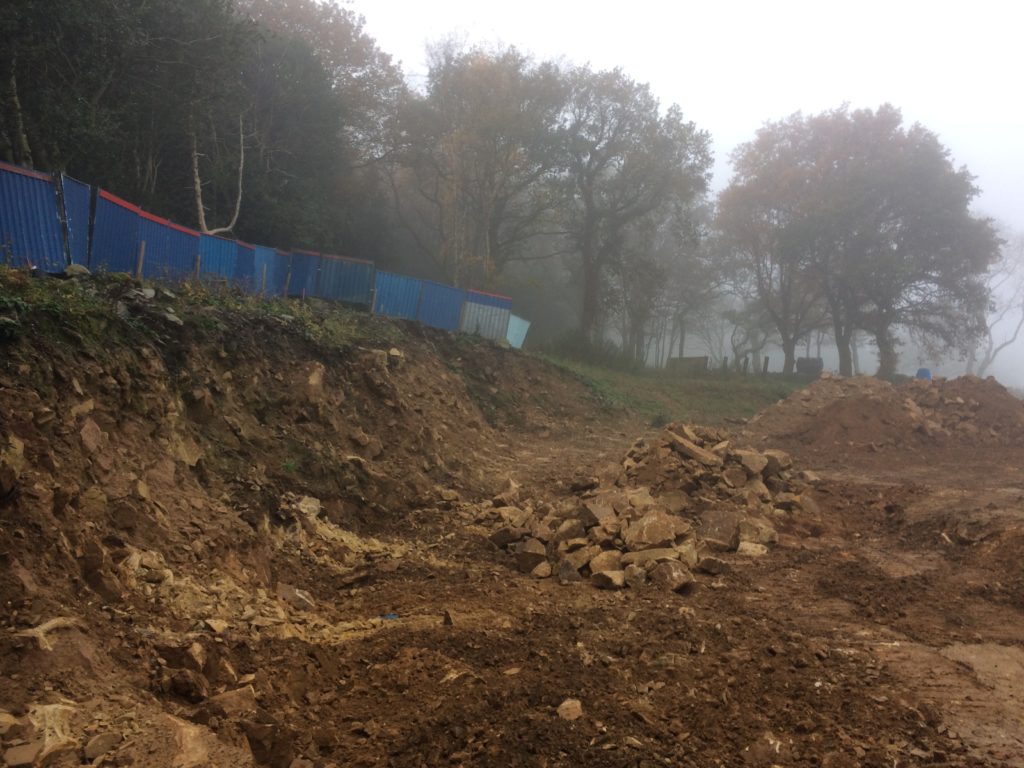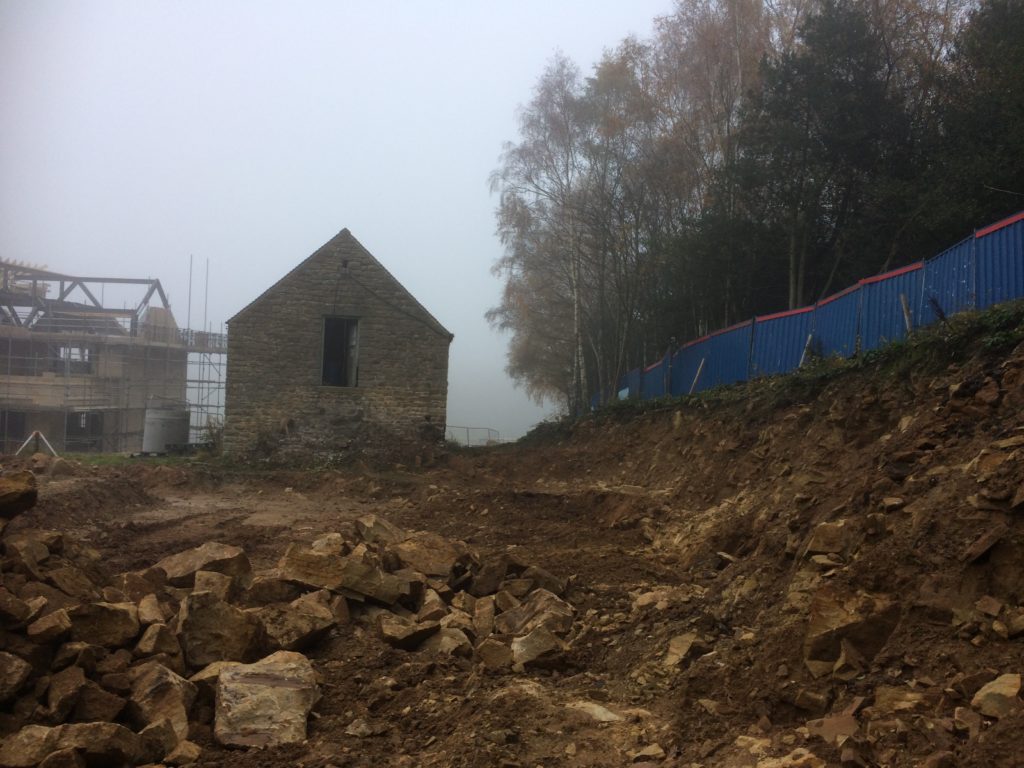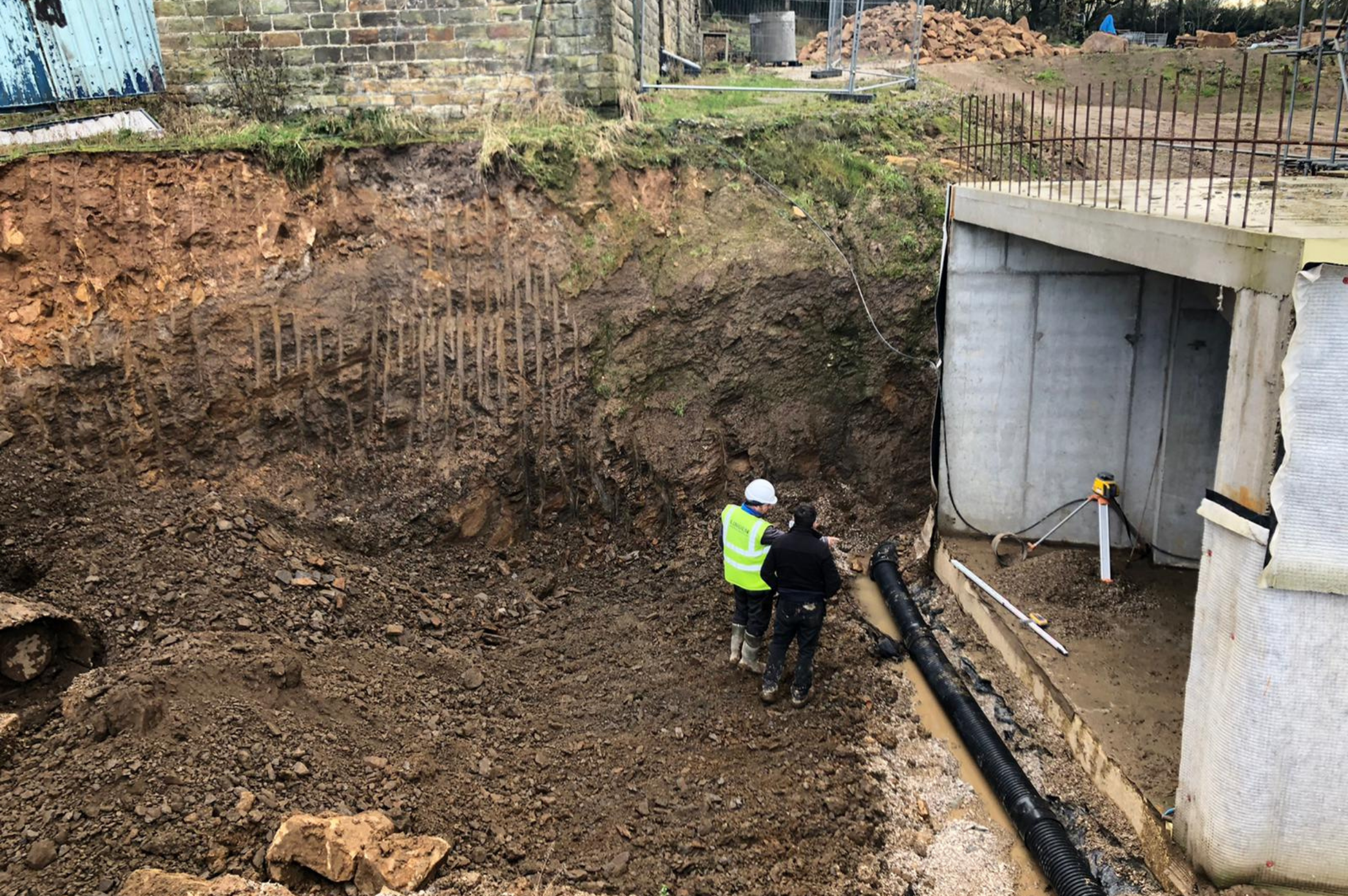Planning & Design Practice are pleased to have secured planning approval for a Section 73 application that will allow the redevelopment of a farmstead in Derbyshire.
This was an interesting case which took place in Amber Valley outside of nearby towns and villages. Our clients had full planning permission and had discharged their pre-commencement planning conditions and work was well underway.
This is a large-scale project and with all projects what seems reasonable at the planning stage cannot always be achieved and changes must be made.
For a Section 73 all the following conditions must be met:
- The site boundary is not changed
- The siting, landscape, scale, and height is not significantly changed
- The use is not changed.
- The appearance is not adversely affected.
- The change is compliant with local planning policy and with the conditions attached to the original permission.
- Changes to windows or other openings that do not impact on neighbouring properties.
- The interests of parties consulted about the original application are not disadvantaged.
In this case we wanted to make several changes, chief amongst these was changes to the access around the house. Other changes included changes to the fenestration of the house and some of the outbuildings, the construction of a new building to house plant associated with heating across the farmstead and a small extension to the out-buildings.
The development included a large underground basement for parking, storage, and amenity space. This involved cutting an access into the hillside. The approved plans showed an access to the farm buildings at the back of the house cutting across the underground access in the form of a flyover for vehicles. This was not a practical solution and had come about because of the insistence of the landscape officer from the council notwithstanding the evidence that such an access had no historical significance. The alternative was to go around the house and access the buildings using existing land levels.
At the pre-app stage, the planning officer was broadly supportive of the application. Although the submitted application was considered by another officer, that support was maintained. Interestingly as part of the development, a building that was shown to be retained had to be demolished during the building process to accommodate underground workings. This led to a S73 application showing a building that was no longer there to be consistent with the planning approval.
There were questions raised regarding trees and landscaping because by this time the appearance of the site was substantially changed. A question arose regarding the adjoining wood by the council’s tree officer which required further input from an arboricultural consultant.
We were pleased to receive the approval, but it took a considerable time to come through and during the process building works continued which complicated the situation. The council is very short of staff, the council’s budget is tight, and these problems are quite widespread. This means that applications are very delayed, and we had to push hard to get the decision notice issued. This is both challenging and potentially costly and when building works are underway an application can be overtaken by events.
It is in everyone interests to better resource planning and to my way of thinking this does not mean raising planning fees. Planning is a public function; it should be properly resourced from public funds as it benefits everyone and is an important part of the local democratic process. The costs of running not just development control but planning policy and the appeal process must be properly resourced to order for the system to operate smoothly. Changes to the General Permitted Development Order do nothing to help and just add complexity. I hope that the new planning bill is much better than the last planning bill and that this time public money as well as the use of fees forms part of a balanced package to increase resources. The austerity of the last 12 years has decimated the system. A huge amount of expertise has been lost, particularly in conservation, trees and in third party support for planning authorities. This needs to change.
Speed of decision making will improve with resources, other means of doing so over the last 12 years have failed.
Jonathan Jenkin, Consultant, Planning & Design Practice Ltd
Planning & Design Practice is a multi-disciplinary team of Town Planners, Architects, Architectural Assistants and Design Professionals. We can take a project through from inception to completion but we also offer the flexibility to engage a client’s own architects and provide a planning service, whilst our design team can also work with clients who have engaged other town planning professionals. We have extensive knowledge about the policies and procedures of individual councils and the approach taken by planning officers and Councillors. For a no obligation consultation to discuss your project or property, please get in touch on 01332 347371 or by email at enquiries@planningdesign.co.uk





